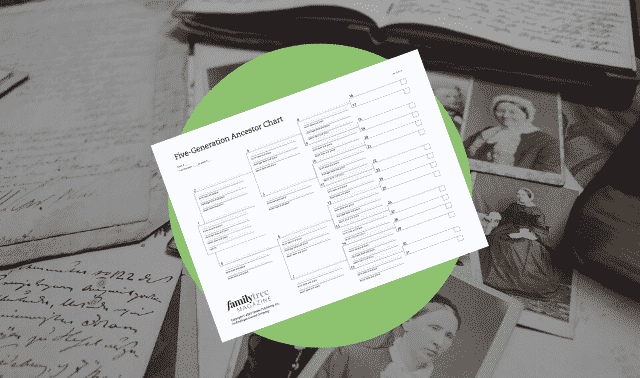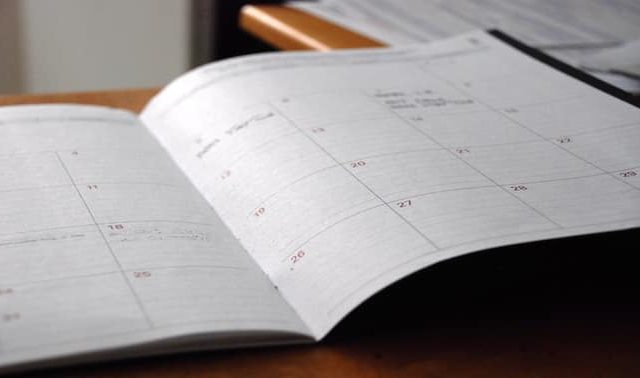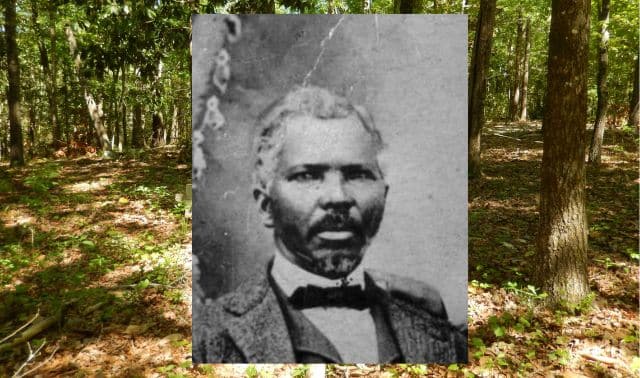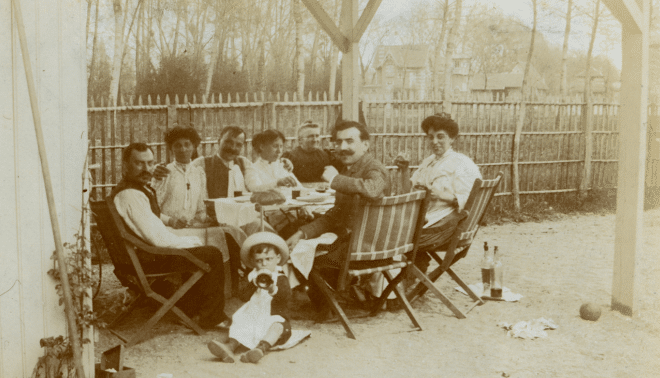Sign up for the Family Tree Newsletter! Plus, you’ll receive our 10 Essential Genealogy Research Forms PDF as a special thank you.
Get Your Free Genealogy Forms
"*" indicates required fields
Genealogy, or the study of one’s family history, is a fascinating and fulfilling hobby. However, genealogy can be intimidating for those who are just getting started.
Family trees can get complicated very quickly. Not only that, but the sheer amount of information available through websites like Ancestry.com can be utterly overwhelming.
That’s why we’ve broken the process down into ten steps for beginner genealogists. By following these steps, you will build a strong foundation for your research and set yourself up for success.
So if you’re ready to explore your family tree and find out who your ancestors were, let’s get started!
Before You Get Started
Before beginning your genealogy research, it is helpful to set a few expectations as well as provide some background knowledge.
How far can you actually trace back your family tree?
You’ll find plenty of people out there who claim that they’re traced their family back to ancient times. How far back you can trace your ancestry depends on many factors such as your ancestor’s social status, where they lived and what religion they followed. For most Americans whose ancestors immigrated to the US, it’s possible to find records back the 18th or 17th century.
However, there are always exceptions. For example, if you have African American ancestors who were enslaved, it’s difficult to go back farther than the Civil War.
What are the different kinds of genealogy research?
There are several different methods or styles of genealogy research. In this article, we’ll focus on direct line research, which means tracing all the direct ancestors of a single person – you! As you continue in your genealogy search, you’ll likely branch into different kinds of research to fill out your family tree, such as descendancy, cluster and collateral research.
I’ve taken a DNA test already. What do I do now?
Researching your family history using DNA is often called genetic genealogy. While they are related, traditional genealogy and genetic genealogy are different disciplines. If you are a DNA newbie looking to make sense of your results, browse our articles on genetic genealogy here.
Step 1: Set a goal
As genealogists quickly find out, there is an overwhelming amount of information to search through when you research your family tree. That’s why it’s helpful to set clear goals to structure your research time and avoid feeling overwhelmed.
Make your goal specific and realistic. For example:
In two years I will trace my family back four generations and find vital information (birth, marriage and death date) for each of my direct line ancestors.
Even though you may want to learn everything there is to know about your family history, try and set a goal that is simple and straightforward. Your goal can change and evolve over time.
Step 2: Review what has already been done
It’s very possible that someone has researched part of your family tree already. Perhaps you have a family member who has started a family archive or collection, or maybe they’ve created an online tree.
Find out what research has already been done and request that it be shared with you. Ask for a copy of the research, or if appropriate set up a family history interview (more on this below).
It’s also possible that your family history has been published in one form or another. Compiled genealogies or local histories can be a fantastic source of information. Search the local libraries in the areas where your family has lived, or look online in the free collections that are available.
Be sure to save any information you find and treat it as a reference. Remember, it’s best practice to always fact-check new information before adding it to your family tree, no matter where it comes from!
Step 3: Start with yourself and work backwards
This is often referred to as “the golden rule of genealogy.” Begin with yourself and systematically work backwards through time.
If you’re just getting started, use a simple five generation ancestor chart or pedigree chart. Start with yourself and fill in as much information as you can for your parents, grandparents, etc.
Follow best practices when filling out your family tree, such as listing women by their maiden names. Create a standardized placeholder for information you don’t know yet.
Step 4: Identify your questions and make a plan
So now all you have to do is fill in those blank spaces, right? Not so fast. Before you start searching names online, it’s helpful to take the time to identify your research questions and make a plan.
Why create a research plan? General searches online can generate thousands upon thousands of results. Making a research plan will help you identify the record collections that are the most relevant to you, and therefore reduce the time you spend sorting through all those results.
It will also help you prepare questions for family history interviews and keep your research time more focused and efficient.
Now is also a good time to set up a genealogy research log to organize all the information you find.
Step 5: Interview family members
Family members are invaluable sources of genealogy information. Reach out to your oldest living family members and ask if they would be willing to do a family history interview with you, either via phone, video call or in person.
Be sure to explain the reason for the interview and give your subject a heads up if you will be recording it.
Write out your questions beforehand using your research plan as a guide. If you have physical materials like old photos or heirlooms, consider bringing them along to jog your subject’s memory.
Archive your interviews and organize the information you find in your research log. Once again, remember to take information with a grain of salt and to fact check family stories to the best of your ability.
Step 6: Create a family tree
At this point you’ve done all the groundwork necessary to build a digital tree that is factual and well-researched.
You can choose to build your family tree online using websites like Ancestry, MyHeritage or FamilySearch (we’ve compared the four major websites here).
You can also build your tree using genealogy software like RootsMagic or FamilyTreeMaker. Many of these programs sync with the major websites so you can take advantage of hints and other features. What is best for you depends on how much control you want, and what your research goals are.
If you choose to build your family tree on one of the major websites, you’ll be able to get hints to other trees and records that may be relevant to your research. Hints can be helpful but remember: no one independently reviews hints, and many online trees aren’t factually sound. Do your homework and evaluate your hints before you add ancestors to prevent errors from taking root in your family tree.
Step 7: Search free record collections
It may seem like subscription sites are the only way to find information about your family – but don’t despair! Before you spring for that subscription, research the many free websites that are available. Many of the subscription websites also offer free collections.
Step 8: Search the major websites
Once you’ve exhausted the free resources out there, it’s time to search the major websites like Ancestry or MyHeritage.
Remember the research log you created in Step 4? It will come in handy now by giving you an idea of what record collections you need to answer your research questions. Look through the website’s card catalogs to see if a subscription is worth your hard-earned cash. You can also sign up for a free trial to see if the website has the resources you need.
Spend some time learning how to use the search filters and other features to find the records most relevant to you. Each of these sites has their own features, but there are some universal tricks to use as well.
Step 9: Analyze the data, record your findings
You’ve found your ancestor’s records, congratulations! Now it’s time to analyze the information and add it to your tree.
It’s important to evaluate each piece of new information because not all records are equally reliable or trustworthy. Not only that, but it’s possible that your ancestors fibbed, forgot and fudged information, even on official documents.
Your research log is a good place to store information that hasn’t been fact-checked yet.
Step 10: Keep going!
You’re off to a great start! Now all that‘s left to do is continue the search. If you get stuck, don’t be discouraged. Check out our articles on breaking through “brick walls” to untangle tough research problems.
Above all, have fun discovering your family’s history!
Last updated June 2023












